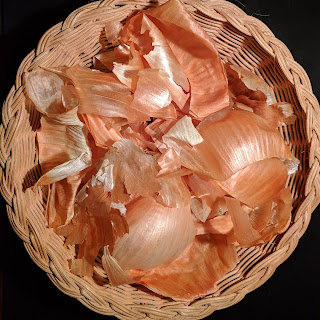Textilia Linnaeana: Global 18th Century Textile Traditions & Trade is a scholarly look at data collected by the Linnaeus Apostles, through the lens of textiles and dyes. Viveka Hansen is the author and an independent textile historian. She works as a researcher and editorial secretary at the IK Foundation (United Kingdom). Textilia Linnaeana was published as the fifth volume in the Mundus Linnae Series, and issued by the IK Foundation & Company (London 2017).
The introduction sets the stage with Carl Linnaeus's exploration of Sweden and environments, and his pursuit to gather plant specimens and classify them using the binomial naming system. He was also interested in finding practical and economical uses for plants, which would enable Sweden to be self sufficient and to prosper. Over the course of fifty years, he sent his "apostles" out from the University at Uppsala to all over the world to gather plant specimens, name and classify them, and consider their economic use.
The bulk of the book is devoted to the contribution of each apostle, using their journals and source material, and extracting their notes and observations about textiles and dyes. The back matter includes information about dye stuff and Hansen's experience dyeing wool fiber with plant dyes; extensive notes and a list of illustrations; and a comprehensive bibliography.
I focused on the four Linnaeus Apostles we studied several years ago (Pehr Löfling, Pehr Kalm, Carl Peter Thunberg, and Daniel Solander). I was fascinated to learn how the locals they interviewed used native plants to dye fiber (or paid for higher-quality dyes from exotic sources), extracted dyes, and dyed their fibers. I also enjoyed reading details from the explorer's journals about practical matters like what it cost to have clothes laundered, the impossibility of drying linen on ship after washing clothes in salt water (often resulting in mold), and the difficulty of obtaining suitable clothing in some places. I recommend this book for anyone interested in plants, plant dyes, and plant exploration in the 1700s. It is a scholarly work, but very accessible to read.
The introduction sets the stage with Carl Linnaeus's exploration of Sweden and environments, and his pursuit to gather plant specimens and classify them using the binomial naming system. He was also interested in finding practical and economical uses for plants, which would enable Sweden to be self sufficient and to prosper. Over the course of fifty years, he sent his "apostles" out from the University at Uppsala to all over the world to gather plant specimens, name and classify them, and consider their economic use.
The bulk of the book is devoted to the contribution of each apostle, using their journals and source material, and extracting their notes and observations about textiles and dyes. The back matter includes information about dye stuff and Hansen's experience dyeing wool fiber with plant dyes; extensive notes and a list of illustrations; and a comprehensive bibliography.
I focused on the four Linnaeus Apostles we studied several years ago (Pehr Löfling, Pehr Kalm, Carl Peter Thunberg, and Daniel Solander). I was fascinated to learn how the locals they interviewed used native plants to dye fiber (or paid for higher-quality dyes from exotic sources), extracted dyes, and dyed their fibers. I also enjoyed reading details from the explorer's journals about practical matters like what it cost to have clothes laundered, the impossibility of drying linen on ship after washing clothes in salt water (often resulting in mold), and the difficulty of obtaining suitable clothing in some places. I recommend this book for anyone interested in plants, plant dyes, and plant exploration in the 1700s. It is a scholarly work, but very accessible to read.









